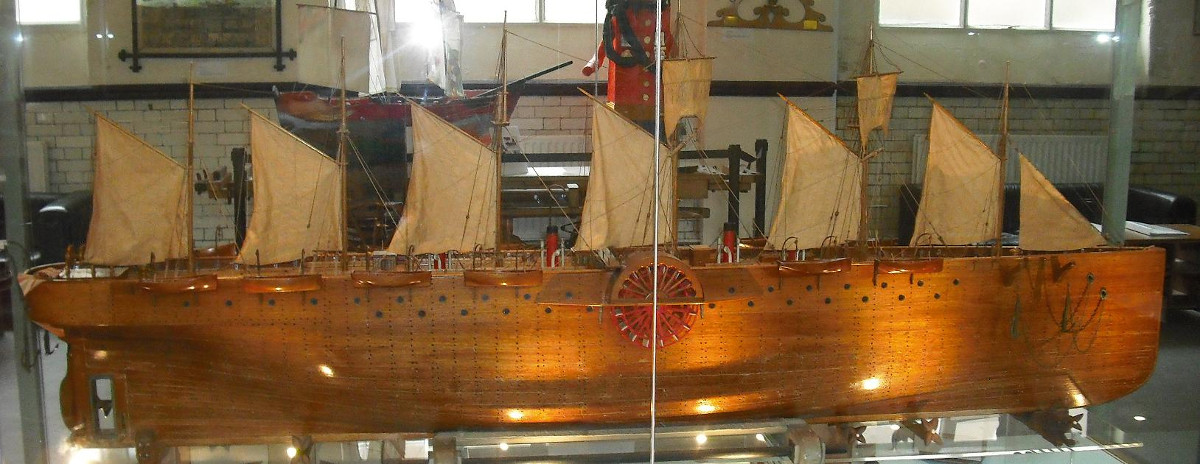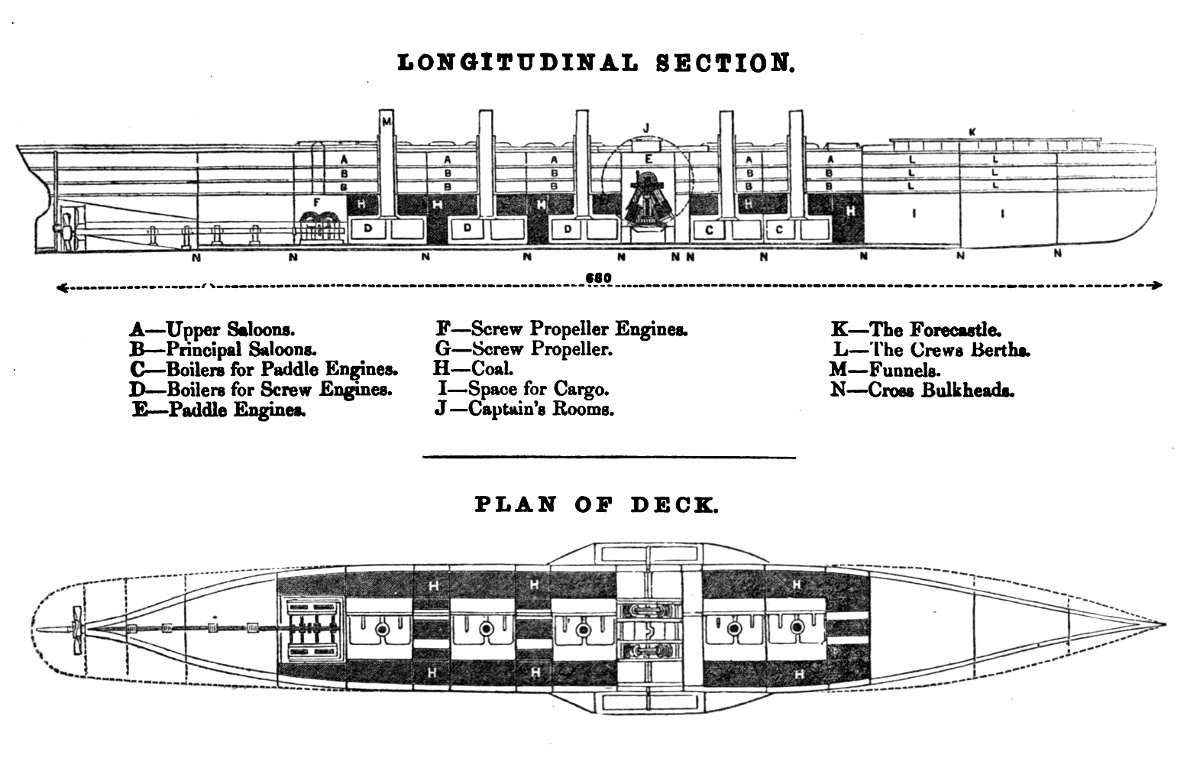
Confined to his bedroom for 42 days as a punishment for dueling, Xavier de Maistre wrote A Journey Round My Room (1794), a parody of travel journals in which he heroically explores his surroundings and rhapsodizes on his discoveries:
Next to my arm-chair, as we go northward, my bed comes into sight. It is placed at the end of my room, and forms the most agreeable perspective. It is very pleasantly situated, and the earliest rays of the sun play upon my curtains. On fine summer days I see them come creeping, as the sun rises, all along the whitened wall.
De Maistre considered it a trifle, but his brother had it published, and here we are talking about it 200 years later. The whole thing is here.







